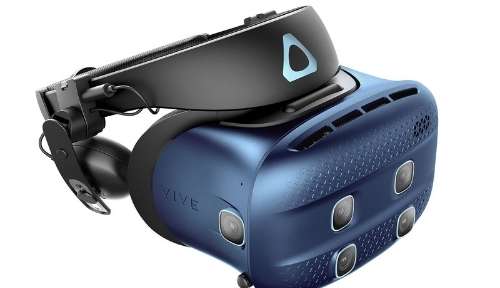
A very important aspect of virtual reality is the environment in which it takes place and must be carefully engineered to achieve a convincing experience. For example, if even the smallest of elements in a virtual reality environment is out of place, the entire experience can be destroyed. For the it to be convincing, it must achieve at least some level of immersion.
Immersion is one of the key goals of virtual reality and when a virtual environment is engineered, it should also be engineered with a view towards immersion. When immersion happens, the real world can often be forgotten. Read more about virtual reality immersion here.
Types of Virtual Reality Environments
There are many types of virtual reality environments, each with their own level of immersion and features. Some of which are below:
- Semi-Immersive Virtual Reality
- CAVE Fully Immersive Virtual Reality
- Collaborative Virtual Environments
Depending on the type of environment, the level of immersion will differ. For instance, a semi-immersive environment doesn’t aim for complete immersion, which allows it to operate at costs much less than the CAVE. On the other hand, total engagement is not possible, which the CAVE can easily accomplish.
Collaborative environments are a special case in which they may or may not aim for complete immersion but the main goal is to share a virtual experience with real people.
The type of virtual reality environment chosen is entirely dependant on budget and the goals of the project. For example, the air force uses a virtual reality flight simulator as a training tool. This is one example of a semi-immersive virtual reality environment. A fully immersive environment would just not necessary.
A fully immersive environment, on the other hand, would be needed for total engagement and are a reliable source for research into various ethical issues surrounding virtual reality.







